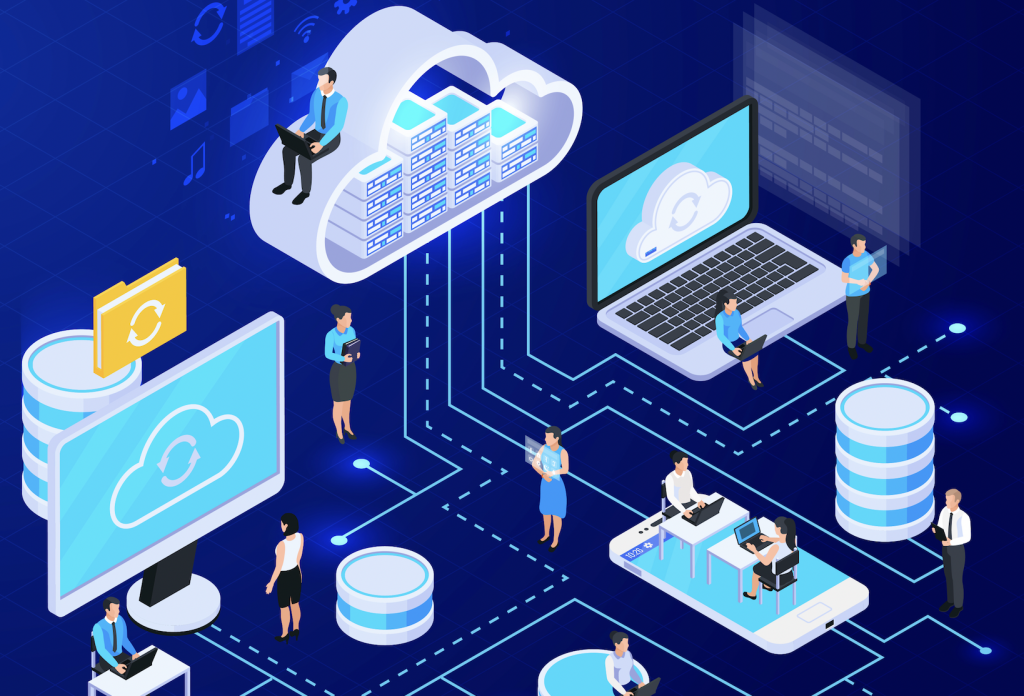Cloud computing is becoming the go-to system of today’s infrastructure as it effectively manages a company’s profile and business assets. Ideally, a cloud environment can offer flexibility, scalability, and agility that a company may not achieve with the traditional file storage system.
For one, it doesn’t require any hardware installation. And second, it is cost-efficient as there are no maintenance and overhead expenses.
However, the cloud carries its own set of challenges, ranging from poor optimization to security – And since security is the limelight of today’s global recognition, it is crucial for companies to appoint it.
Why is Cloud Security so important?
Cloud Security is foremost for both personal and business users. Since the cloud system is accessible anytime, anywhere where there is connectivity, cybercriminals could find a way to penetrate your system and access important files.
Cloud Security is a set of procedures, policies, and controls that works on your system to protect it from cybercriminals. It also plays an important role to secure your data. In case of a local disaster, all the data is stored on drives could be easily lost. Cloud security prevents this by keeping your data in a remote location while ensuring it is protected from outside threats.
8 Best Ways to Improve Cloud Security for Business
1. Multi-Factor Authentication (MFA)
The traditional username and password combination is insufficient to protect your account from attackers as they are easily crackable.
Some of the most common passwords are still “12345678” and “Passwords”. Once a hacker cracks the code, they can log in to your account and stole important information that could jeopardize your business.
Protect all your cloud-based solution with multi-factor authentication. MFA’s are one of the cheapest yet most effective ways to secure your account. In fact, it is becoming the gold standard of today’s cyber security infrastructure.
2. Manage User Access
As there are different roles of employees in an organization, so should be the authorization to access applications, resources, or any other critical information. Through necessary changes, this data can be only accessed by a specific employee in an organization only necessary for them to do their jobs.
User accounts are the major concern of an organization’s security. This headache can be fixed if we limit their access. If in case, any user requires access to certain data, proper verification should be employed before giving access.
3. Monitor Network Activity
Real-time monitoring and analysis of network users’ behavior and activities can also help pinpoint anomalies. For example, unknown user login from an unauthorized device, location, or IP could draw a pattern that could lead to a cyber-attack.
By monitoring network data, you prove to your auditors that your applications and networks are secure and protected. You can also provide a full activity report based on location and timing in case of a breach. These irregular activities could prevent a serious problem when discovered and fixed on time.
4. Educate and train your team
One of the key steps for better security measures is to educate your employees. Human errors are accountable for 85% of data breaches. It is also one of the main reasons how malware enters the organizations’ network. For this, it is important to educate your employees and explain the security policies.
Employees don’t care about using weak passwords or opening phishing emails if they don’t know the consequences. You don’t have to teach your employees about every technical term, just the basic that revolves around their jobs.
5. Encrypt your data
Encryption is a process that appoints certain protocols to protect your organization or customers’ data. It is the responsibility of a cloud provider to make sure that the important data is properly encrypted by following the required protocols.
Once fully encrypted, IT teams should have the encryption and description keys to a secure location. As the encryption data is very hard to crack, it is also very hard to access in case you forget those keys. So, proper encryption methods should be appointed for each user account.
6. Secure your endpoints
Using a cloud solution doesn’t mean eliminating the need for strong endpoints – In fact, it intensifies it. New cloud computing solutions offer an opportunity to revisit your existing protection policy and address evolving threats in the world.
A defense strategy that includes intrusion detection, firewalls, anti-malware, and access control has been the standard of endpoint security. Automation tools also play an important role here such as EDR and EPP, currently being the popular ones.
7. Stay up to date
Ensuring that your business applications and cyber-security are always up-to-date is a necessity. With each update, you’ll be provided with new security protocols or previous fixes that could become an easy target for cybercriminals.
Often time, these security updates are done on the organization level, with proper timing and backup in process. With the increased risk of cybersecurity threats, the need for securing the data is more than ever.
8. Conduct Penetrating Testing and Audits
Whether appointed on its own or from an outside firm, experts say all enterprises should run penetrating testing to determine whether their cloud security efforts are sufficient for the organization or not. It leads to an in-depth check of your current protocols and suggests new ones in case it’s required.
Additionally, organizations should also conduct regular audits that include checking the capabilities of security vendors. Access logs should be properly monitored and any unauthorized access to sensitive data and applications should be timely blocked.
Conclusion:
In general, cloud computing comes with a lot of advantages. It is cost-effective and offers a secure-hybrid solution. Following industry best practices in installing, managing, and provisioning multi-cloud solutions can help you get the most out of your organization, while also maintaining high-level protection of your sensitive data.
An experienced cybersecurity expert can help you design and budget a cloud computing strategy, following industry best practices while ensuring proper management, be it on or off the cloud.

